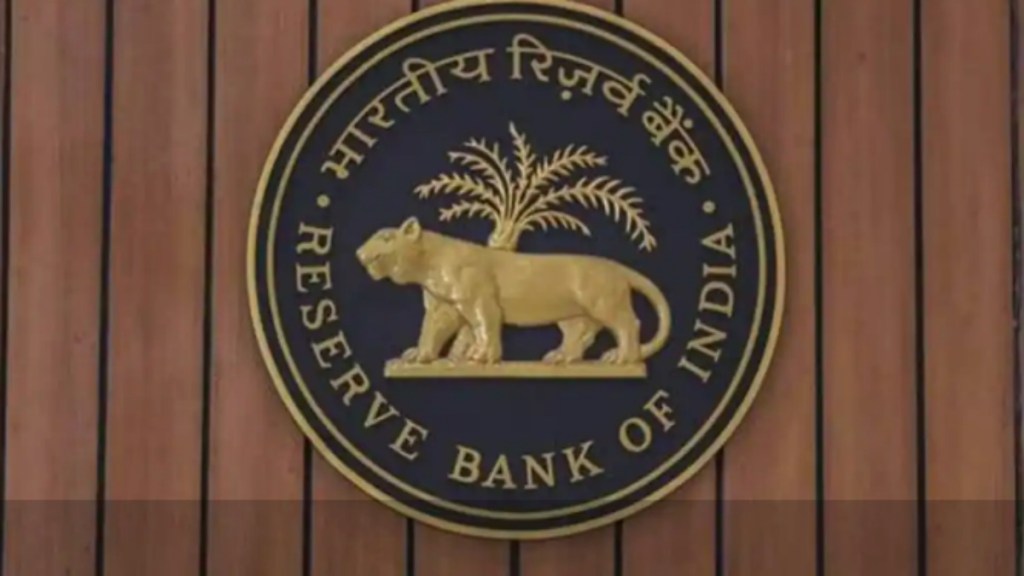The RBI yet again decided to keep the repo rate steady at 6.5% signalling stability, creating an environment that supports economic growth and investment. Most experts believe tht the alignment between the RBI’s stance and the current market conditions bodes well for the economy, encouraging lower interest rates and increased investments. The expectation is that rate cuts are unlikely anytime before the third quarter of FY25.
Ajit Velonie, Senior Director, CRISIL Ratings said, “The RBI’s directive to lenders asking them to disclose the all-inclusive annual percentage rate (including fees and other charges) in their key fact statement (KFS) for all retail and MSME loans is welcome because it now brings consistency to norms across asset classes. This disclosure, which was already applicable to digital loans and microfinance loans of non-banks, will improve transparency and allow borrowers to make informed decisions when seeking a loan. The mandate will be specifically relevant for shorter-tenure loans which have relatively higher upfront processing fees but competitive interest rates.”
Kotak believes that a change in stance is likely at the end of Q1FY25 and can expect rate cuts from Q3FY25, “The RBI has explicitly linked the stance with the policy rate in this policy. This will imply that the stance change will be more linked to inflation and the growth outlook than to liquidity, which will be modulated to anchor overnight rates around the repo rate. The RBI will be cautious in changing the stance and in reducing rates, given (1) growth is expected to remain strong at around 7% in FY2025 (FY2024: 7.3%) and (2) continued uncertainties in the food inflation outlook.
The expected growth profile provides the RBI with the space to target the 4% inflation mark—we do not expect inflation to settle around 4% in FY2025. Any early policy shift at this juncture could send a mixed message on the target unless either global or domestic growth weakens. We expect the stance to change to “neutral” by end-1QFY25 with rate cuts starting in Q3FY25, conditional on (1) easing pressures from food inflation and (2) the Fed’s rate cut cycle starting in H2CY24.” PR Seshadri, MD & CEO, South Indian Bank explained that “As the RBI Governor rightly pointed out, the global economy is still a blurred picture. Globally, inflation seems to be moving closer towards desired numbers and growth seems to be holding up, even for emerging economies.
At the same time, new geo-political flashpoints such as the current disruption in the Red Sea, seem to be taking economies two steps back after each step forward. In such an unpredictable scenario, economic action must display more caution than aggression. As expected, the RBI has decided to maintain the status quo in the policy rates. Nevertheless, we agree with the Governor’s contention that we have much to look forward to in 2025. India continues to show resilience with softening inflation, stable liquidity position, and buoyant consumption patterns. As we approach the end of FY24, we have much to be happy about compared to the same time in 2022. As predicted by the Governor, our economy, in terms of real GDP, will continue to grow at a rate of 7%, for the fourth successive year, in FY25.”
Rajiv Sabharwal, MD & CEO Tata Capital on today’s MPC announcement made by RBI Governor, added that “This sets the stage for sustainable growth and financial resilience. The softening of inflation is a positive sign for both consumers and businesses, suggesting potential relief from cost pressures. It’s encouraging to see the emphasis on good governance, robust risk management, compliance culture, and customer protection within financial institutions. Prioritizing these aspects will contribute to the overall stability of the financial
sector.” Ajit Banerjee, Chief Investment Officer of Shriram Life Insurance explained that, “The RBI didn’t appear to be overly concerned about the liquidity situation while assuring that it stands ready to use enduring and frictional liquidity management tools to anchor the money market rates around the repo rate. Therefore, we expect the RBI to continue to focus on fine-tuning of liquidity conditions through VRR/VRRR auctions to gradually align the overnight rates with the repo rate.”

